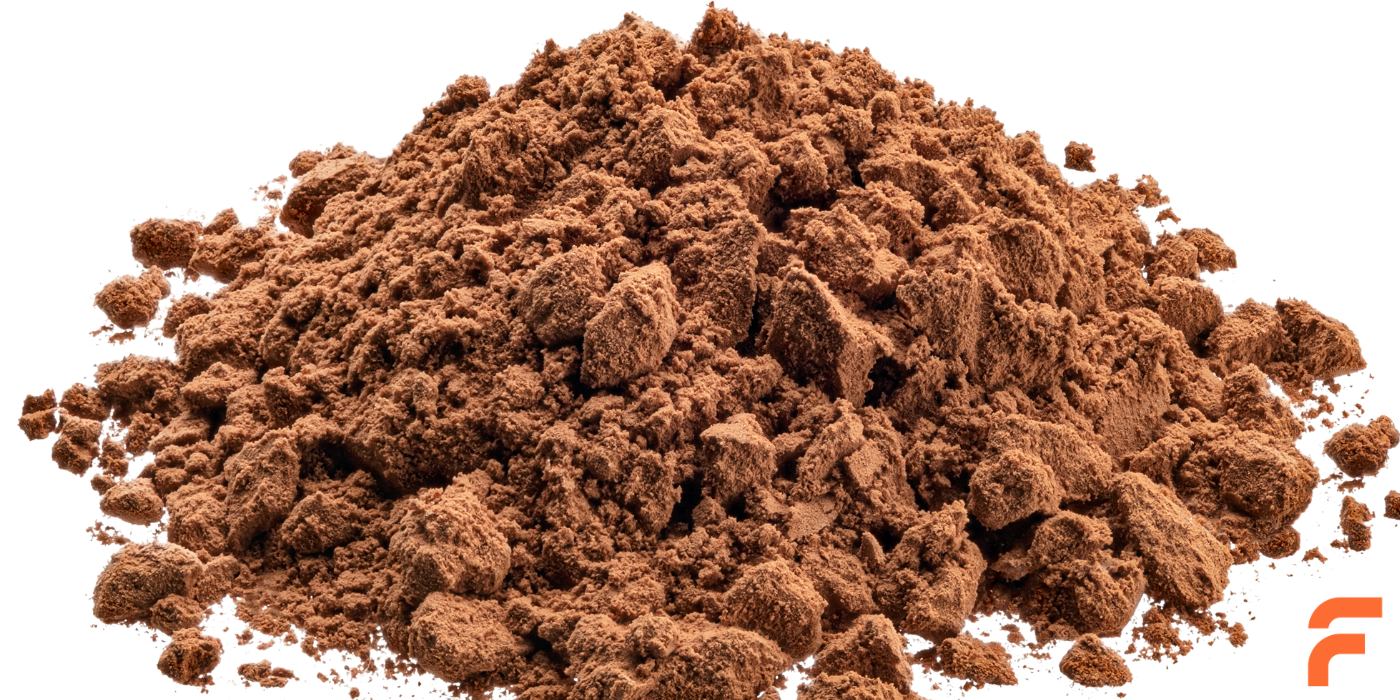Bentonite powder is a crucial component in foundry operations, especially in molding and core-making processes. Its quality directly affects the performance and reliability of castings.
-
Swelling Capacity
The swelling capacity of bentonite indicates its ability to absorb water and expand, which is critical for its bonding properties in sand molds.
Procedure:
- Weigh 2 grams of bentonite powder.
- Add it incrementally to 100 ml of distilled water in a graduated cylinder.
- Allow the mixture to settle for 24 hours without shaking.
- Record the volume of the gel formed, which indicates the swelling capacity.
-
Gel Formation Index
This test measures bentonite’s ability to form a gel, which is vital for its performance in mold and core applications.
Procedure:
- Weigh 1.4 grams of bentonite, 0.2 grams of magnesium oxide (MgO), and 2.6 grams of aluminum oxide (Al2O3).
- Mix with 100 ml of distilled water and agitate at 3000 rpm for 1 hour.
- Transfer to a 100 ml cylinder and let it stand for 24 hours.
- Measure the volume of the supernatant liquid; the difference from 100 ml gives the gel index value.
-
Gelling Time
Gelling time is a measure of how quickly bentonite forms a gel when mixed with water, indicating its readiness for use in foundry processes.
Procedure:
- Shake 2 grams of bentonite powder vigorously in 20 ml of distilled water for 60 seconds in a corked tube.
- Allow the tube to rest vertically and note the time required for the mixture to gel, i.e., when it stops falling upon tube inversion.
-
Sieve Analysis
This test determines the particle size distribution of bentonite, which affects its bonding and molding properties.
Procedure:
- Sieve the dried bentonite powder through various British Standard Sieves.
- Weigh the fractions retained on each sieve to determine the particle size distribution.

-
pH Value
The pH value of bentonite affects its chemical interactions within the sand mixture.
Procedure:
- Mix 2 grams of bentonite powder with 100 ml of distilled water.
- Measure the pH using a pH paper or digital pH meter.
-
Determination of Alkalinity as Na2CO3
This procedure measures the sodium carbonate content, which influences the bentonite’s reactivity and bonding strength.
Procedure:
- Prepare a 0.1 N HCl solution.
- Dissolve 2 grams of bentonite in a 500 ml volumetric flask.
- Titrate a 50 ml aliquot with the HCl solution using methyl orange as an indicator.
- Calculate the Na2CO3 content using the provided formula.
-
Moisture Content
Moisture content affects the storage and handling of bentonite.
Procedure:
- Weigh 10 grams of bentonite and dry it in an oven at 105°C for 2 hours.
- Calculate the moisture content by weighing the sample before and after drying.
-
Determination of Gel Time
Procedure:
- Gradually add 2.5 grams of bentonite to 25 ml of distilled water in a test tube.
- Shake for 1 minute and observe the suspension to determine the time taken to form a gel.
-
Determination of Fineness
This test checks the proportion of fine particles in bentonite, which affects its bonding strength.
Procedure:
- Sieve 50 grams of dried bentonite through 100 and 200 mesh IS sieves for 15 minutes.
- Weigh the retained fractions and report the percentage passing through the sieves.
-
Determination of Liquid Limit
The liquid limit indicates the water content at which bentonite changes from a plastic to a liquid state.
Procedure:
- Mix 100 grams of bentonite with 900 ml of distilled water.
- Measure the number of strokes required to reach a specific consistency after 24 hours.
-
Methylene Blue (MB) Value
This test determines the cation exchange capacity of bentonite, affecting its bonding properties.
Procedure:
- Prepare a methylene blue solution and an acid solution.
- Boil a mixture of bentonite, sand, and water.
- Add the acid solution and methylene blue solution incrementally.
- Measure the MB value using filter paper dots and refer to the MB value chart for the final reading.
Conclusion
Adhering to these rigorous testing procedures ensures the bentonite powder used in foundry applications meets the necessary quality standards, resulting in superior casting performance and reliability. By maintaining strict quality control, foundries can optimize their operations and produce high-quality castings that meet industry requirements.





